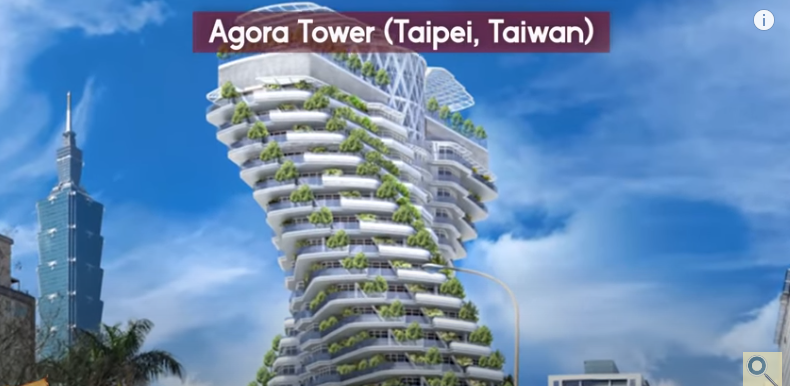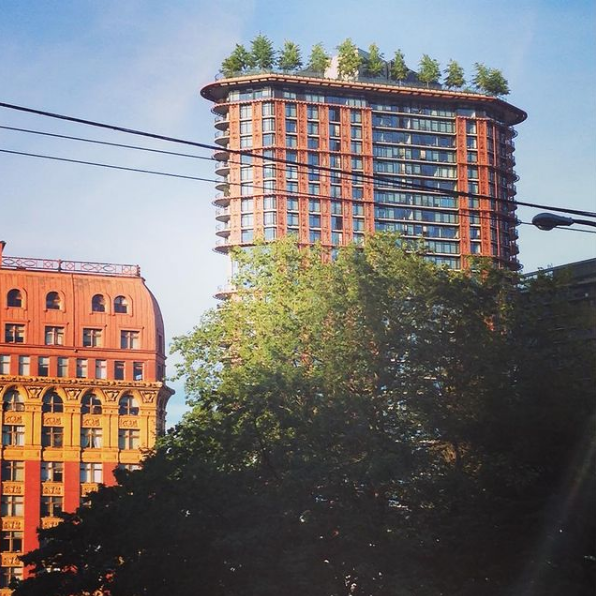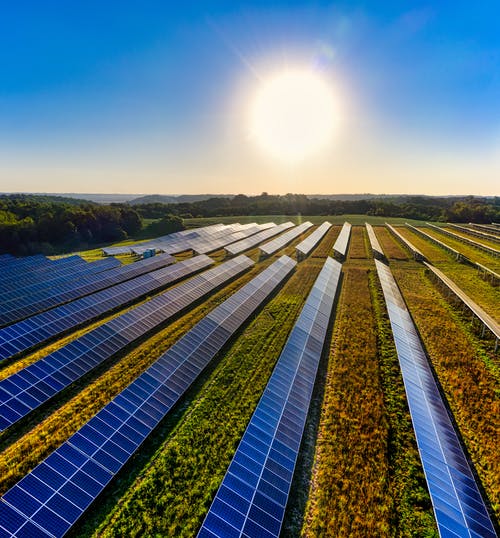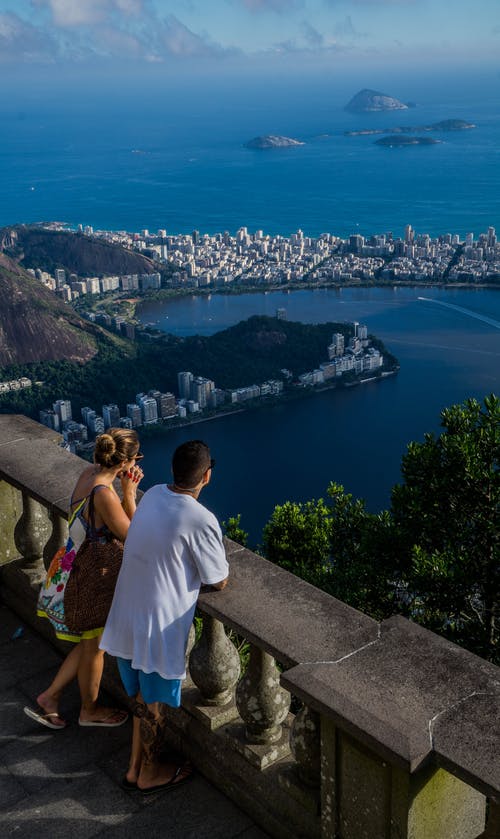The value of trees or forests cannot be taken lightly because of the interdependent relationship with humans and other living organisms. We breathe in Oxygen and release Carbon dioxide while trees release Oxygen and take in Carbon dioxide.
Additionally, trees provide habitats for wildlife, form rain and mitigate soil erosion. They have also proven quite useful in the fight against climate change.
Unfortunately, the forest cover in many countries, including Kenya, is under constant depletion by relentless human encroachment.
Records show that since 1963 (Kenya’s Independence year), Kenya alone has lost approximately 12000 acres of forest annually. No doubt, this is a significantly high rate, which, if not contained, could lead to serious climatic consequences.
Is the government doing enough to replenish the lost cover sustainably?
Well, during the 27th International Biodiversity Day on May 22, 2020, the government addressed itself to an ambitious plan to restore 1.8 billion trees.
What alternatives are there?

The government’s plan for afforestation is good and quite achievable. The question, though, is, are there more creative ideas or approaches that it can take to achieve this goal much faster and in a more sustainable way?
Well, yes, there are; and in this article, we shall discuss one of those unique tree planting alternatives.
Planting trees on flat rooftops
Although the coastal people mainly espoused flat-roofed house designs, they have continued to gain traction in other Kenyan cities.
But why am I talking about flat-roofed houses in the first place?
Because it is possible to plant normal trees on that roof, increase forest cover and solve the problem of deforestation through legislated and mandatory public participation.
What do I mean exactly?
Assuming the vast Umoja Estate in Nairobi has 5000 flat-roofed buildings, the county government, together with other relevant bodies like NEMA, can introduce laws compelling every flat-roofed building owner to fill a 5000-litre tank with soil and plant a specified tree species.
In case 5000 house owners plant these trees during the same month, Umoja Estate alone will have added 5000 fully grown trees in 5 or so years.
Now copy and paste this in other city estates considering their respective populations and see how many trees the city will have upon the flat rooftops.
If Nairobi estates, including the CBD, has 500,000 flat-roofed building, then we are looking at the same number of trees painting the city green in the next 5 or so years.
This would be a cost-effective approach to afforestation due to public participation. What’s more, the chances of this initiative succeeding are almost 100% because of
- The legal pressure behind the idea
- The personalized tree care ensures that there is minimal vandalism, thus ensuring growth onto maturity.

Is this idea completely new?
Not at all! Some Asian countries, including Taiwan, have this idea applied to some of their buildings to vouch for the idea. Maybe Kenyan county governments should also roll out the idea on a mandatory basis to see how it pans out.







